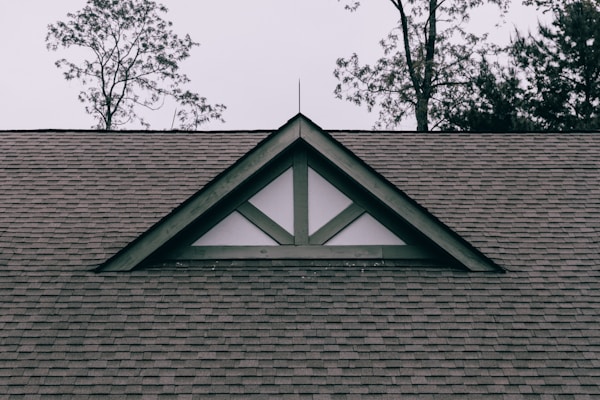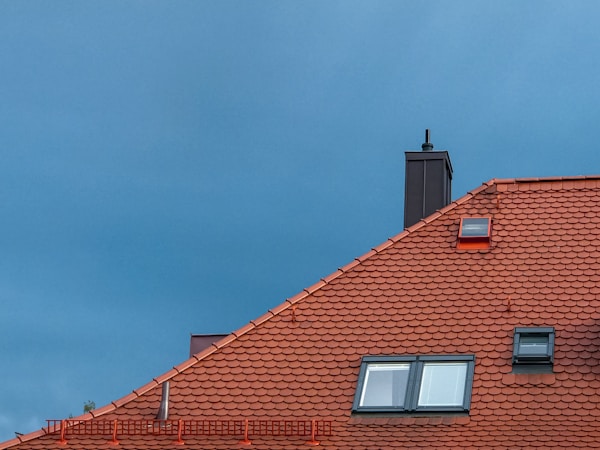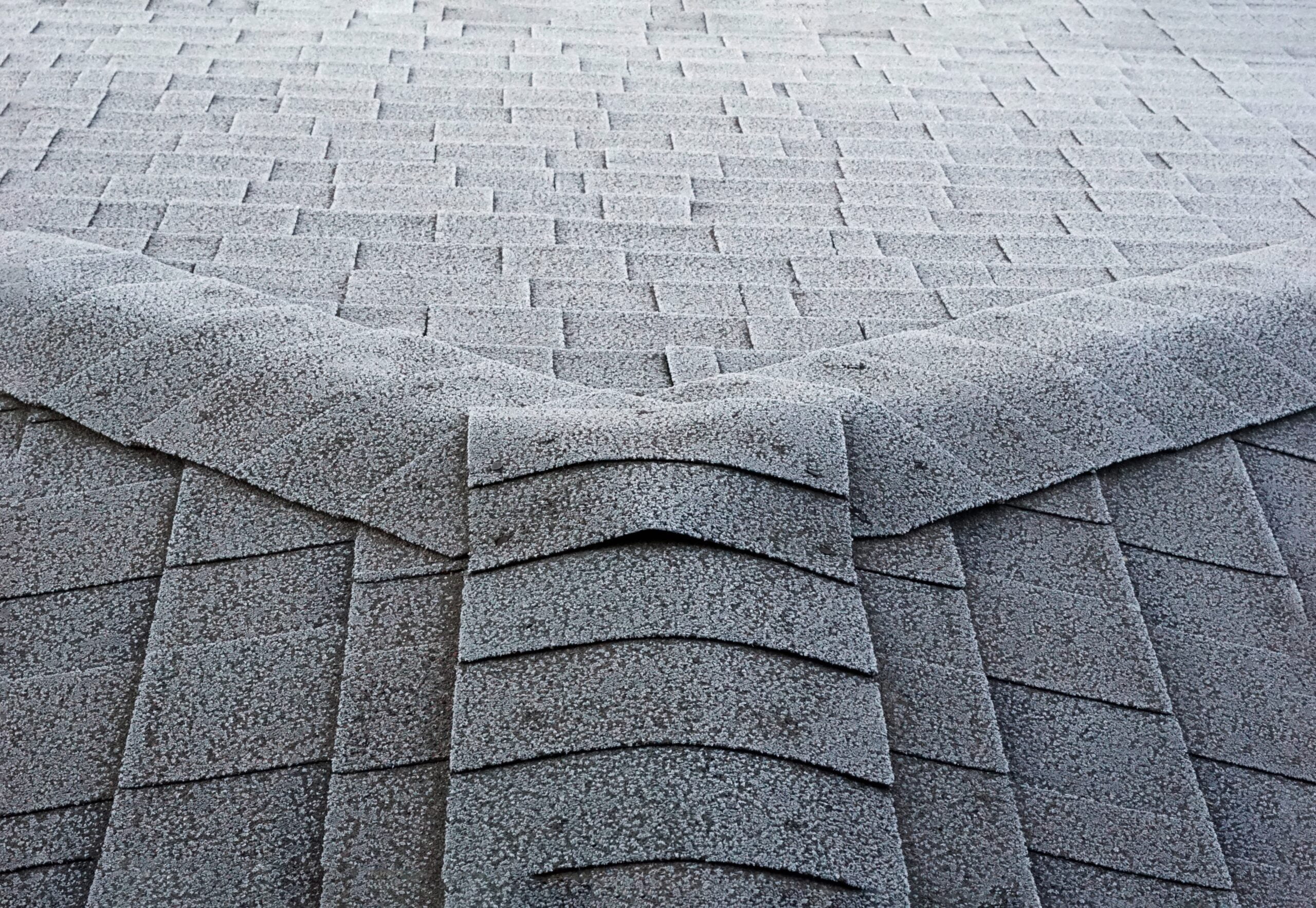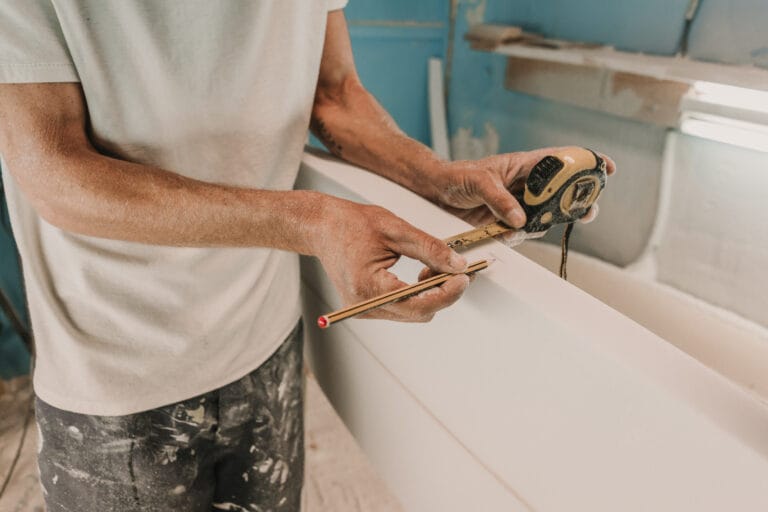Investing in long-lasting roofing material is a critical decision for homeowners. The roof is an essential architectural element of the house, responsible for protecting the building from the elements while also contributing to its aesthetic appeal and energy efficiency. Therefore, selecting the right roofing material is essential to ensure durability, functionality, and sustainability. In this article, we offer valuable insights on how to choose long-lasting roofing materials that best suit your needs while providing a reliable return on investment.
Consider the Climate and Environment

One of the critical factors to take into account when selecting suitable roofing materials is the climate of your area, as well as the elements it will be exposed to. Durable roofing should be able to withstand various weather conditions, including heavy rainfall, snow, high winds, and extreme temperatures. By understanding your local weather patterns and environmental factors, such as salt-air exposure in coastal areas, you will be able to make an informed decision on the most suitable material for your home’s roof.
Working with a professional roofing company in your area is the best way to ensure you select the right materials for the conditions. Depending on where you’re located, you can search for “roofing contractor Virginia,” for example, to get expert advice on the right choice for your home and your area’s specific climate conditions.
Evaluate Material Durability and Maintenance

Different roofing materials have varying levels of durability, with some offering more resistance to harsh weather conditions and the potential for damage. Some options, such as metal roofs, are more durable than traditional asphalt shingles, with a life expectancy of 40-70 years compared to 20-30 years for asphalt. Additionally, materials like slate, clay, and concrete tiles are known for their impressive durability and longevity, often lasting well over a century when properly maintained.
Furthermore, the frequency and complexity of maintenance should be taken into consideration when choosing a roofing material. While materials like metal and slate are known for their low maintenance requirements, other options like wood shingles and shakes may need more frequent upkeep, including cleaning, painting, and sealing, to ensure a lasting protective barrier.
Keep in mind that every roofing material has its pros and cons when it comes to durability and maintenance. It’s essential to discuss your requirements and expectations with your chosen roofing contractor to find the best roofing material that aligns with your long-term goals and budget.
Assess the Roofing Material’s Aesthetic Appeal

While durability and maintenance are crucial factors in selecting a suitable roofing material, aesthetic appeal is equally important. The right roofing material should blend seamlessly with the architectural style of your home while enhancing its overall curb appeal. In many cases, homeowners may have to strike a balance between form and function, as certain materials may look more attractive but could be less durable or energy-efficient.
Some popular materials that have both durability and aesthetic appeal are metal roofing, such as steel or aluminum panels, and clay or concrete tiles. These materials come in various colors, textures, and styles, allowing homeowners to customize their homes according to personal preferences and architectural requirements.
Consult with a professional roofing contractor to find the right balance of style and durability for your unique home design and needs. They can help weigh the options and present a solution that aligns with your vision, budget, and the desired lifespan of your new roof.
Keep Affordability and Eco-Friendliness in Mind
The initial cost of roofing materials can have a significant impact on home improvement budgets, making affordability another critical consideration. However, it’s crucial to consider the long-term cost savings that come with a durable, low-maintenance roofing material. While some options, like slate or metal, may entail a higher upfront cost, their long-lasting nature often outweighs the initial outlay in terms of minimal repairs and extended lifespan.
Eco-friendliness is becoming increasingly important as homeowners pay more attention to environmental concerns. Many roofing materials are available with environmentally-friendly attributes, including recycled content, energy-efficiency improvements, and minimal waste during production and installation. Solar roofing options, for example, offer both eco-friendliness and energy cost savings by pleasantly integrating solar panels into the roof design.
Altogether, choosing the right roofing material for your home is a multifaceted decision involving factors like climate, durability, aesthetics, affordability, and eco-friendliness. Taking these factors into account and working with a professional roofing contractor can ensure that you invest in a long-lasting roofing system that both protects your home and adds value for years to come.





